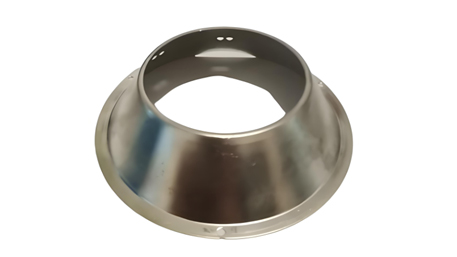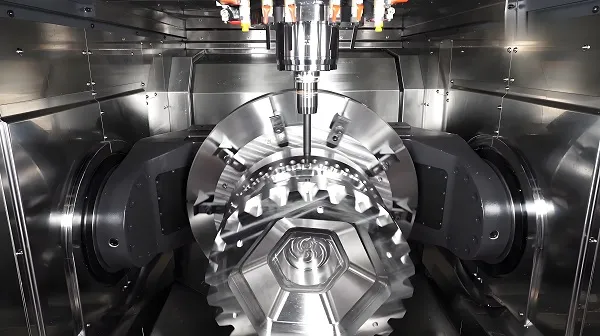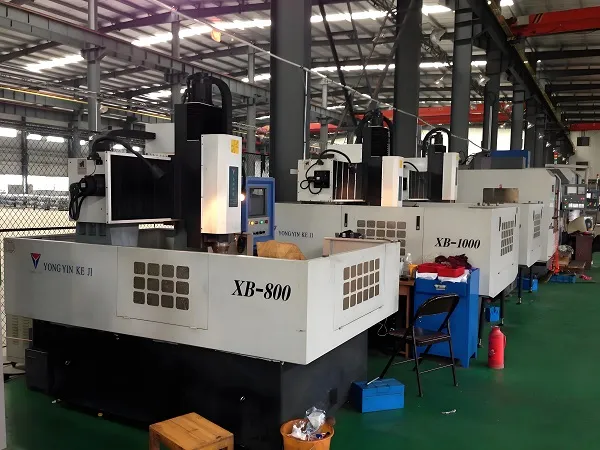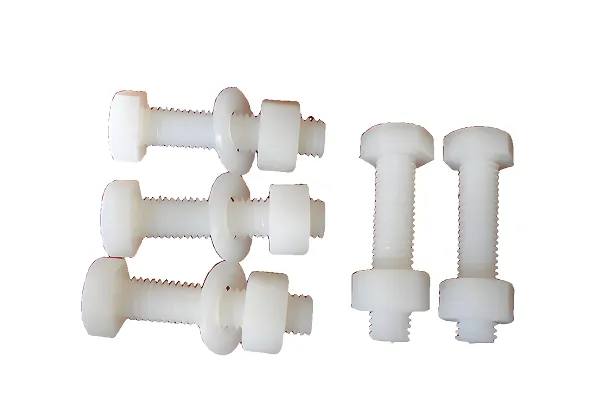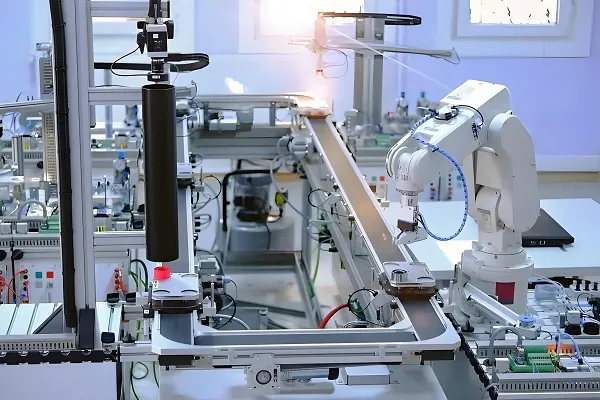I. Material Science Behind Successful Deep Drawing
The interplay between crystalline structure and formability dictates success in deep draw operations. Austenitic stainless steels (304/316 grades) exhibit superior ductility due to their face-centered cubic lattice, achieving limiting drawing ratios (LDR) up to 2.2 under optimal conditions. Advanced dual-phase steels (DP980) demonstrate 18% higher post-forming strength compared to conventional mild steels, making them ideal for automotive safety components.
Critical material parameters include:
Plastic strain ratio (r-value):
≥1.8 for consistent wall thickness
Anisotropy coefficient (Δr):
Maintained within ±0.5 through thermomechanical processing
Surface roughness (Ra):
<0.8μm to prevent micro-crack initiation
II. Tooling Geometry Optimization Strategies
Modern progressive dies integrate computational fluid dynamics (CFD) simulations to predict material flow patterns. The punch-nose radius should equal 4-6× material thickness (t) for low-carbon steels, while high-strength alloys require 8-10t radii to prevent fracture. Micro-grinding techniques achieve die clearance tolerances of ±0.01mm, reducing springback by 22% in aluminum alloys.
Parameter optimization matrix showing interdependencies between blank holder force, lubrication viscosity, and draw speed
III. Process Window Control Protocol
A scientifically calibrated process reduces scrap rates below 0.8% in high-volume production:
ParameterCarbon Steel RangeAluminum Alloy Range
Drawing Speed20-80mm/s 1315-60mm/s
Blank Holder Force15-30kN8-18kN
Lubricant Viscosity80-120 cSt120-180 cSt
Real-time monitoring systems employing piezoelectric sensors detect force fluctuations exceeding ±2.5% baseline, triggering automatic press brake adjustments within 50ms
.
IV. Defect Mitigation Framework
Wrinkling Analysis:
Root Cause: Insufficient blank holder force (BHF) → material buckling
Solution: Implement dynamic BHF control (5-15kN ramping profile)
Earing Prediction:
Anisotropy-induced ear formation reduced through:
Texture control via cross rolling (Δr<0.3)
Laser-ablated edge conditioning
Surface Defect Prevention:
Diamond-like carbon (DLC) coatings on tools (HV 2500-3000)
Electrostatic oil mist lubrication (droplet size<5μm)
V. Next-Generation Hybrid Forming Techniques
Emerging technologies combine traditional deep drawing with:
Active Temperature Control:
Localized induction heating (200-300°C) improves Mg alloy formability by 40%
Ultrasonic Vibration-Assisted Forming:
20kHz oscillations reduce flow stress 15-20%
AI-Driven Parameter Optimization:
Generative algorithms process 1000+ historical production datasets to predict optimal tool paths within 0.5% error margin
Industry 4.0 integration enables closed-loop systems where in-line 3D scanners (±0.05mm accuracy) feed dimensional data back to press controls, achieving Cpk ≥2.0 in critical automotive body panels
.
This technical analysis provides actionable insights for implementing robust deep draw stamping processes while addressing contemporary challenges in lightweight material forming. Continued advancement in computational metallurgy and smart manufacturing will further redefine the boundaries of sheet metal deformation capabilities.

